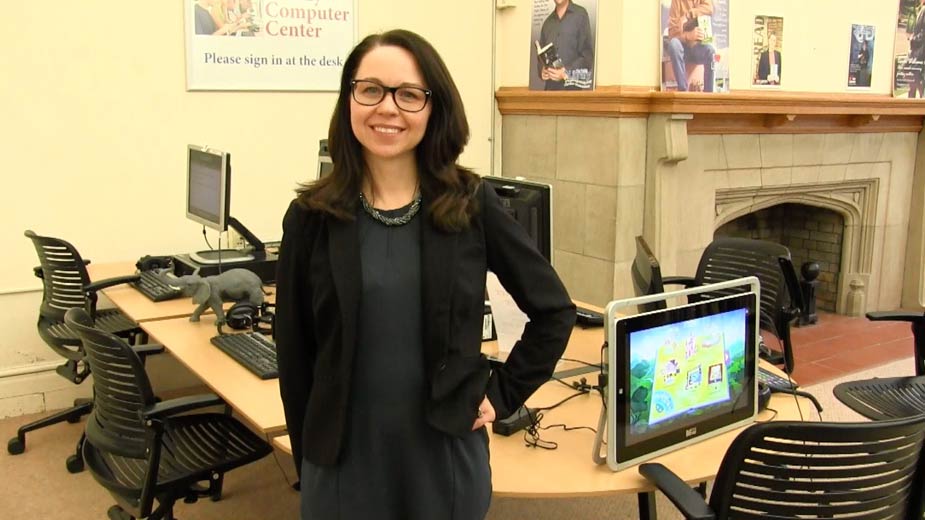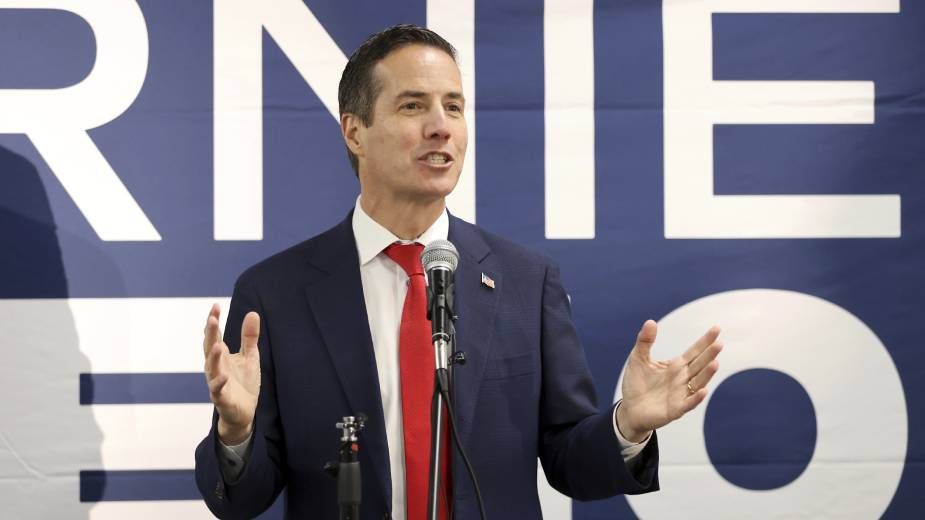As Libraries Provide More Resources for Workforce Development, Cuts Loom
YOUNGSTOWN, Ohio – Heidi Daniel is pleased that Gov. John Kasich and other state officials recognize the role that libraries play in workforce training. But like other librarians across Ohio, the executive director of the Public Library of Youngstown & Mahoning County is concerned about the cut Kasich has proposed to the state’s public library fund in his next two-year budget.
Kasich, who has touted Ohio’s public libraries as “continuous learning centers” and using them to play a greater role in online job training and education, unveiled a budget last week that would reduce the share of the general revenue fund the state’s public library fund receives.
Two years ago, state lawmakers temporarily boosted library funding to 1.7% of the general revenue fund. Kasich’s proposed budget would restore it to the previous 1.66% level. If approved, the state public library fund would decrease from $389.5 million this year to $381.8 million next year, then increase to $393.5 million in 2019.
State Budget Director Tim Keene has made clear that Kasich’s vision of libraries becoming “continuous learning centers” can be accomplished without the .04%, Kasich press secretary Emmalee Kalmbach said Tuesday in response to a request for comment.
State funding represents nearly half of the system’s operating budget, along with local levies, and is the sole funding source for some 50 library systems statewide, Daniel said.
“We appreciate that the governor and state government views us as an important resource for jobs and for workforce development, and we view ourselves that way, but it’s hard to do that work if we receive cuts in funding,” she said.
Daniel noted that four out of five Ohioans are library cardholders, and that Ohio has the largest per capita library use in the country.
“We actually knew [a funding cut] was a possibility for some time, so it’s not totally unexpected although it is disappointing,” said Cheryl Bush, public relations manager for the Warren-Trumbull County Public Library.
“The most important thing we offer the public is computers for people to use to either search for a job or complete online training or apply for jobs via email, which is required more and more,” Bush said. “We also offer free computer classes so everyone can keep up with whatever technologies they need to advance.”
Michelle Francis, director of government and legal services for the Ohio Library Council, said even with the increase in 2019 funding, funding levels would be “far below” 2008.
Libraries’ role in the workforce pipeline is nothing new, Francis said. They have been playing a role in helping people search for work and assisting with resumes for years. In addition, libraries are seeing a significant amount of what she describes as “government log-ins,” such as for the OhioMeansJobs site and for filing income taxes electronically.
“We know that more than one-fourth of U.S. households don’t have a computer with an internet connection,” she continued. Libraries are seeing an increase in traffic from individuals who own smartphones or tablet devices but lack Wi-Fi connections.
Libraries in the Mahoning Valley play “a very important part” in workforce development, Daniel affirmed.
“Every day we see people applying for jobs, asking about advice on career changes, where they can get assistance for technical school,” she continued. People also come in looking for help to start a business by utilizing the resources of the library’s business investment center and grant center.
In addition, the library offers online databases for training, such as Linda.com, live job help and tutoring through Brainfuse and practice tests for college entrance exams. “So we play an important role already in that continuous learning,” Daniel said.
The system recently began addressing the connectivity issue by offering mobile Wi-Fi hotspots for loan to cardholders at its branches.
Ohio Senate Minority Leader Joe Schiavoni, D-33 Boardman, is critical of the cuts to the state library fund. “Kasich’s budget proposal does not match what he’s been saying about libraries,” he said. “When you don’t have the adequate amount of funding to match that rhetoric, you’re not sure where he really stands on this.”
Schiavoni pointed out that while the spending blueprint includes cuts to libraries and schools and increases in the state sales and severance taxes, it contains a $3.1 billion cut in the state’s income tax. “He’s cutting everywhere in order to put this mammoth income tax cut, mainly for top earners, into the budget,” he said.
The budget has to be approved by July 1. Both houses of the legislature will take up the proposal. Then a conference committee will craft a version that will go to the governor for his signature.
In the meantime, libraries statewide will be reaching out to legislators about the impact of the proposed funding reduction, the Ohio Library Council’s Francis said. There are 8.7 million cardholders in the state. “That’s a pretty large number,” she said.
“It’s early in the budget process so we still have time to impact change if you’re interested in letting your local representative know how you feel about library funding,” Youngstown/Mahoning County’s Daniel said. “We would encourage that as well.”
Pictured: Heidi Daniel says four out of five Ohioans are library cardholders, and that Ohio has the largest per capita library use in the country.
Copyright 2024 The Business Journal, Youngstown, Ohio.



